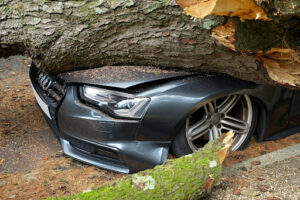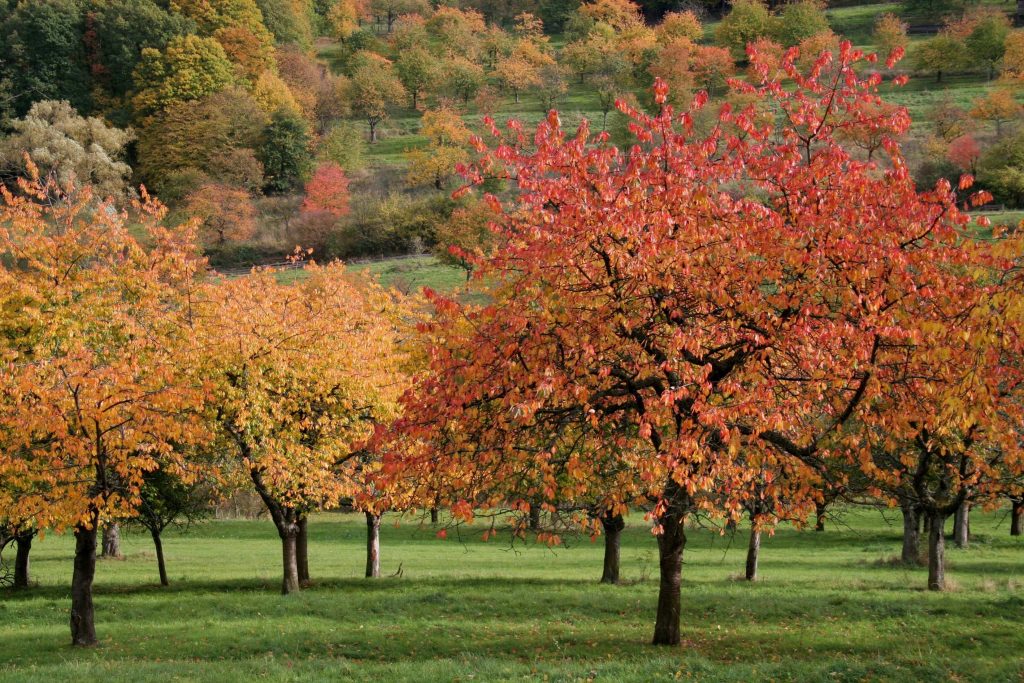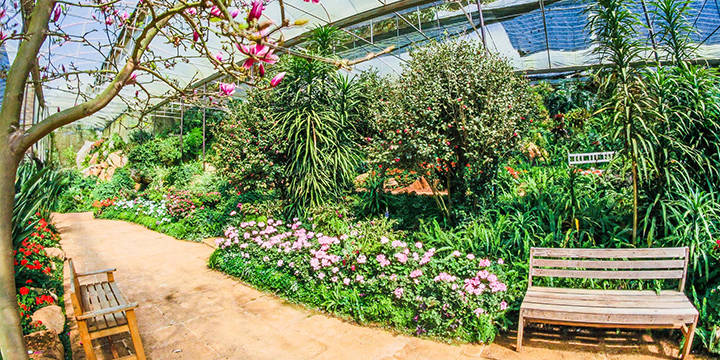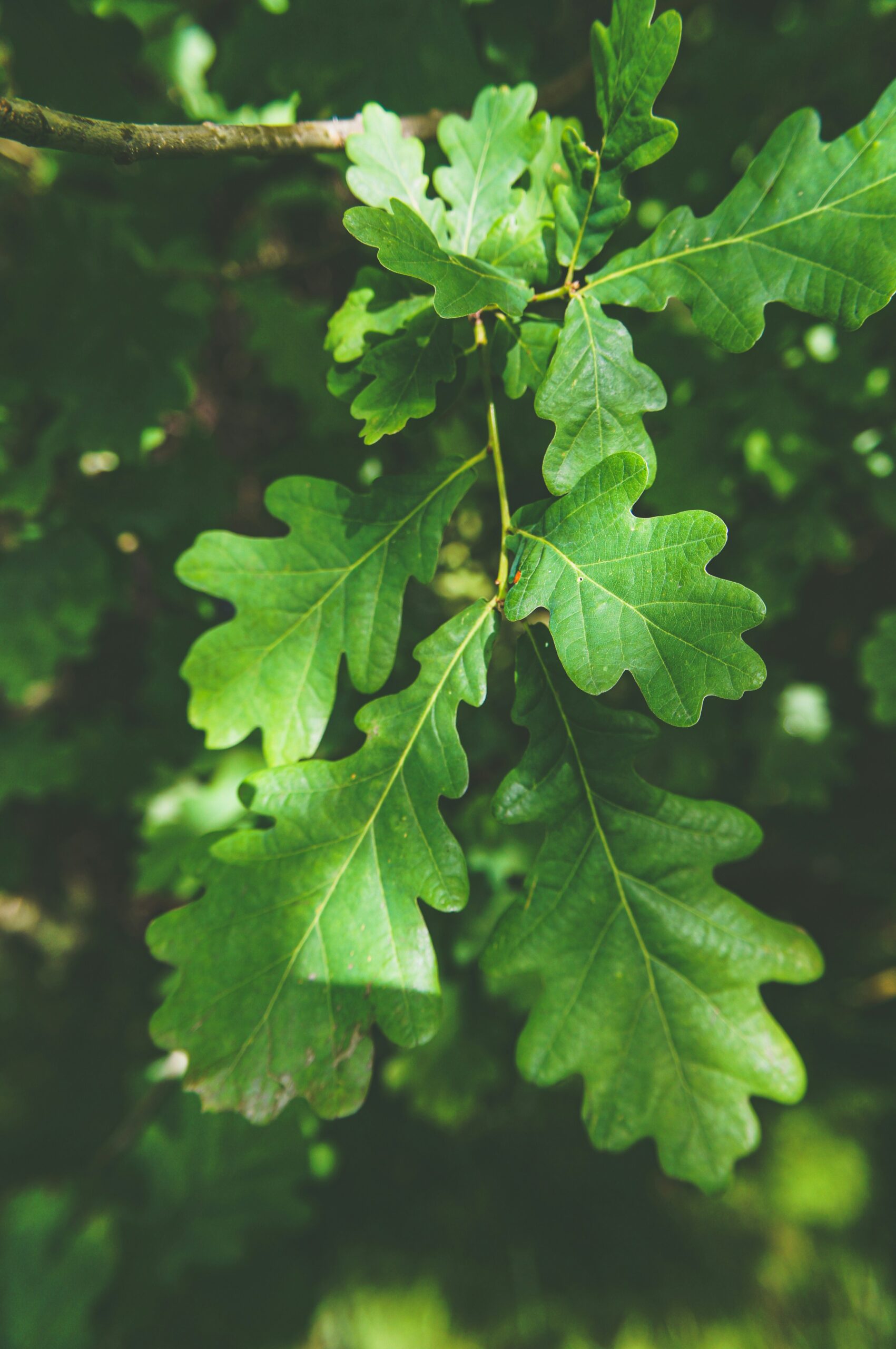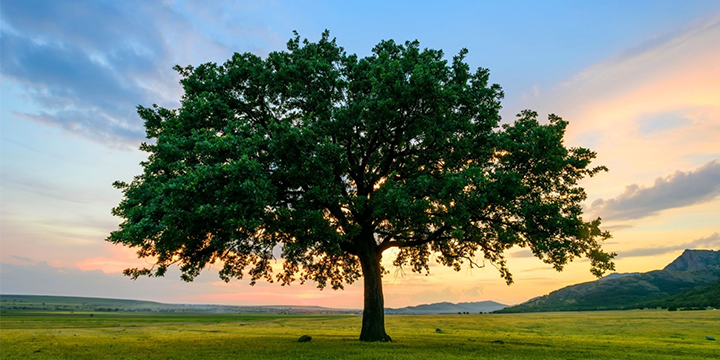
When Trees Become Hazards: Identifying and Addressing Dangerous Tree Conditions in Southlake
Date June 02, 2023
Trees are an essential part of the urban landscape, providing shade, oxygen, and natural beauty. When trees develop structural issues or diseases, they can pose significant risks to property and personal safety.
One major threat comes from invasive pests such as the emerald ash borer, which has put 13% of Dallas trees in danger. A Southlake arborist can help identify and address these dangerous tree conditions to ensure a healthy, safe urban forest.
Recognizing the Signs of Hazardous Trees
Image via Pexels by Mike Bird
While many trees may appear healthy at first glance, they could be hiding underlying problems that make them hazardous. Here are some common signs that a tree may be dangerous:
- Root damage: Visible damage to roots or mounds of soil around the base of the tree can indicate instability.
- Poor crown form: An uneven or lopsided crown may suggest weak branch attachments or internal decay.
- Cracked or split bark: Deep cracks in the trunk or branches can lead to structural failure.
- Deadwood: Dead branches or large sections of deadwood are prone to falling unexpectedly.
- Cankers: Sunken areas on the trunk or branches can weaken the tree’s structure over time.
- Weak branch attachment: Branches with narrow angles of attachment are more likely to break under stress.
- Decay: Mushrooms or other fungi growing near the roots are signs of internal rot.
The USDA Field Guide for Danger Tree Identification and Response offers additional information on recognizing hazardous trees.
Prevention and Management Strategies
Proactive measures can help reduce the risks associated with hazardous trees. Here are some steps property owners can take:
- Regular pruning and inspection: Routine maintenance and tree trimming by a Southlake arborist can identify and address potential hazards before they become dangerous.
- Moving targets out of range: Relocating structures, vehicles, or other valuable assets away from potentially hazardous trees can minimize damage if a tree fails.
- Tree removal when necessary: When a tree poses an unacceptable risk, removal may be the best option. Consult a Dallas tree removal service for assistance.
The Importance of Professional Arborist Assessments
If a tree is suspected to be hazardous, it is essential to consult with a professional Southlake arborist. They will use the Four Zone Approach to inspect the tree, which involves examining:
1. The tree as a whole
2. The ground and visible roots
3. The trunk
4. The crown
Based on their assessment, the arborist may recommend corrective measures, such as cabling, bracing, pruning, or removal to improve safety.
Staying Safe Around Hazardous Trees
When spending time outdoors, it’s essential to be aware of the surroundings and take precautions around hazardous trees. The USDA offers tips for staying safe in areas with potential hazards, including staying out of the forest during strong winds and avoiding dense patches of dead trees.
Identifying and Addressing Dangerous Tree Conditions in Southlake
Trees are a vital component of the environment, but they can also pose risks when compromised by structural issues, diseases, or pests. By recognizing the signs of hazardous trees and taking proactive steps to address these concerns, property owners can maintain a safe and healthy urban forest. If you suspect that a tree on your property may be hazardous, consult with a Southlake arborist for expert guidance on the best course of action.
